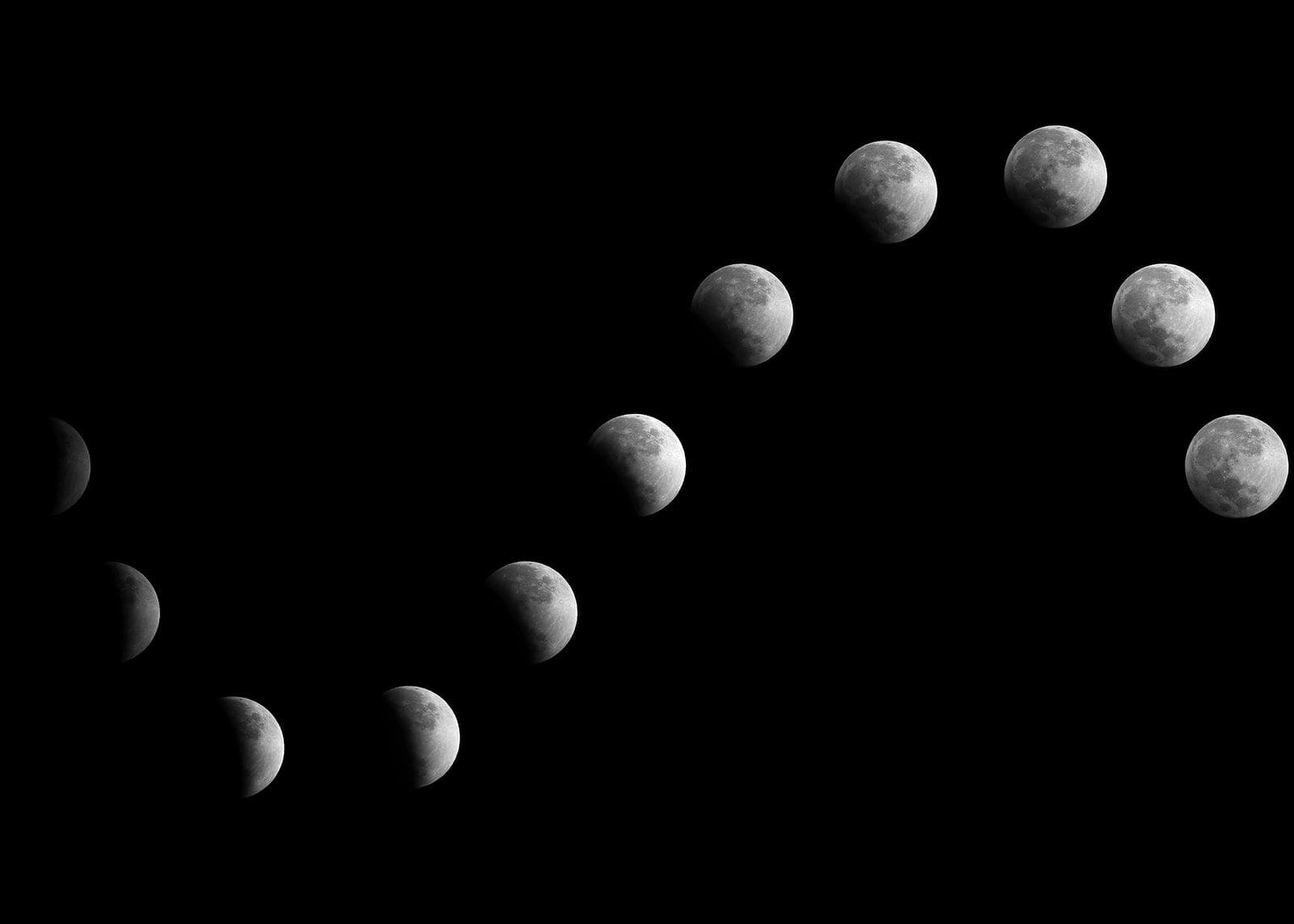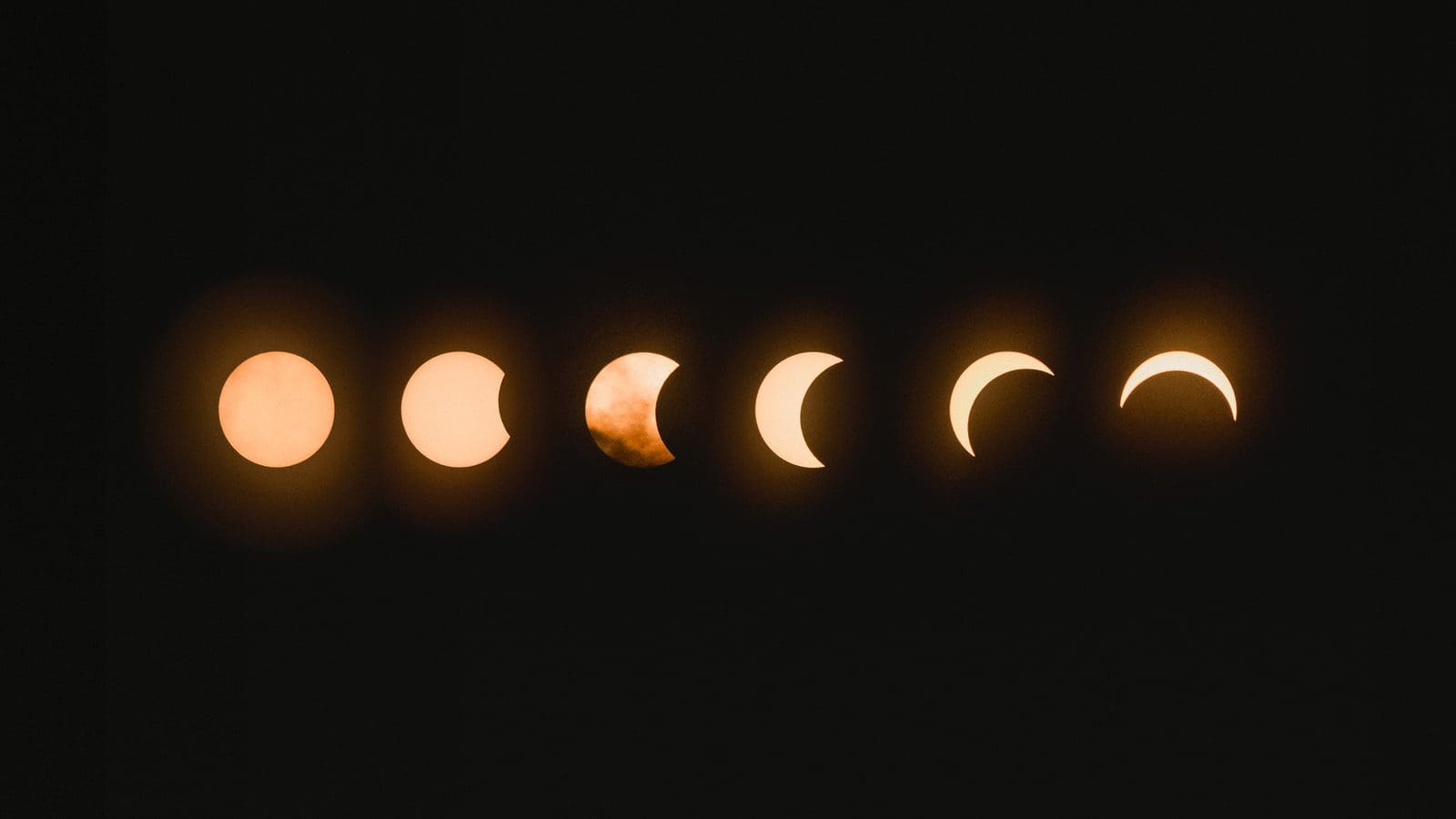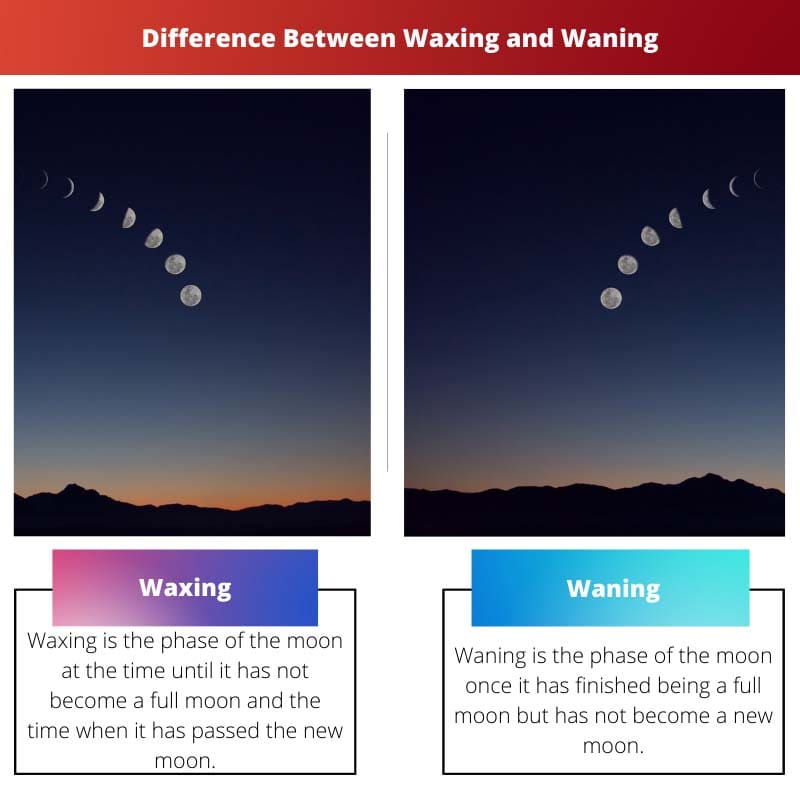There will be very few people in this world who would not be fascinated by the beauty of the full moon.
The moon has been marveled at for ages now. Numerous poetries try to describe the beauty and mystique of the moon.
Most people tend to fall in love with the full moon. The full moon is very attractive because of its clear shape and brightness. The new moon is something almost everyone has heard of.
This is because a new moon is rarely visible and is quite dark. Between these two, there are various other phases that a moon goes through.
A moon has various phases. The most known phases are waxing and waning. Both these phases are found confusing by a lot of people. However, both phases have characteristics and features that help distinguish them.
Key Takeaways
- Waxing refers to the lunar cycle phase when the visible portion of the moon’s illuminated surface increases, progressing from a new moon to a full moon.
- Waning describes the phase of the lunar cycle when the visible portion of the moon’s illuminated surface decreases, transitioning from a full moon to a new moon.
- The main differences between waxing and waning lie in the direction of change in the moon’s visible illumination. Waxing phases involve an increase in the illuminated surface, and waning phases result in a decrease.
Waxing vs. Waning
Waxing is the period when the visible surface of the moon increases in size, making it appear brighter and more visible in the sky. It occurs over two weeks as the moon moves in its orbit around the Earth. Waning is when sunlight reflects off the moon’s surface, making it appear dimmer and less visible.

Comparison Table
| Parameter of Comparison | Waxing | Waning |
|---|---|---|
| Meaning | Waxing is the phase of the moon, the time until it has not become a full moon and when it has passed the new moon. | Waning is the phase of the moon once it has finished being a full moon but has not become a new moon. |
| Size | The size of the moon during this phase is growing. | The size of the moon during this phase is shrinking. |
| Shape | The moon looks like the alphabet ‘D’ during this phase. | The moon looks like the alphabet ‘C’ during this phase. |
| Illuminated Area | The lightened area of the moon is growing in the phase. | The lightened area of the moon starts lessening in this phase. |
| Process | During waxing the moon begins to lose its darkness and gain light on the flip side. | During waning, the moon begins to gain light and lose its darkness on the flip side. |
What is Waxing?
Everyone is aware of the fact that light from the sun falls on the moon while the moon travels around the Earth. This makes the moon appear small sometimes and large at other times.
It all depends on the distance and position of the sun from the moon.
The lunar cycle is the time frame starting with one new moon and then onto the next new moon, which is responsible for the changes in the way the moon looks.
A moon at the time until it has not become a full moon, and when it has passed, a new moon is called the waxing moon. During this phase, the bright area of the moon is growing.
In this phase, the moon has just passed its darkest phase and moves towards its brightest phase.
A silver-growing moon can be seen every night during this phase. The moon looks like the English alphabet’s capital letter ‘D.’

What is Waning?
In terms of the lunar cycle, a moon is said to be waning once it has finished being a full moon but has not become a new moon. The moon has just passed its brightest and fullest phase in this phase.
This phase continues until the moon is no longer visible. Every night the moon looks like it is shrinking.
The moon resembles the alphabet ‘C’ in appearance during this phase. The moon takes various other shapes, too, while in the waning phase. The lighted area of the moon begins to reduce in this phase.
In this phase, one side of the moon is dark, but the other looks plain. The moon begins to look darker with each passing day.

Main Differences Between Waxing and Waning
- During the phase of waxing, the moon is at any time before the new moon and after the full moon. On the other hand, during the Waning phase, the moon is at any time before the full moon and after the new moon.
- During the waxing phase, the moon’s illuminated area increases, while on the other hand, during the waning phase, the moon’s illuminated area decreases.
- The moon’s shape during waxing fits the shape of the letter ‘D.’ On the other hand, the moon’s shape during waning fits the shape of the letter ‘C.’
- The waxing phase begins when the moon has just passed its darkest phase and stays until it becomes its brightest. On the other hand, the waning phase begins when the moon has just passed its brightest and fullest phase.
- During the waxing phase, the moon’s size grows, while, on the other hand, the moon’s size shrinks during the waning phase.


A fascinating read, the lunar cycle is a captivating subject and your detailed explanation truly makes it easier to understand.
Couldn’t agree more. This has definitely deepened my understanding of the moon’s phases.
Brilliantly informative! This article really sheds light on the moon’s cycles and phases, making it easier to understand.
Absolutely, an insightful read.
An excellent detailed breakdown.
Phenomenal post about the moon!! I’m absolutely intrigued by the lunar phases.
I couldn’t agree more, the moon has always fascinated me.
The moon never ceases to amaze. I find the waxing phase particularly intriguing now.
Absolutely agree, the level of detail in this post is fantastic.
This article is perfect for anyone who wants to understand the complexities of lunar phases. An insightful and thoughtful read.
Spot on, a comprehensive guide to the moon’s phases.
Incredible post! Finally, it’s clear to see the differences between the waxing and waning phases.
Absolutely, a top-notch explanation.
It’s a fantastic breakdown indeed.
The elaborate description and comparisons really help in visualizing the differences between waxing and waning. Great work!
Couldn’t agree more, informative and interesting.
The moon is such an amazing celestial body. I appreciate the detailed explanation of its phases and differences between waxing and waning. Thank you for sharing!
It’s about time someone clarified the specifics of waxing and waning.
Indeed, it’s a topic worth exploring further.
Such a comprehensive explanation with interesting comparisons. It’s great to have a clear breakdown of each lunar phase.
Yes, it’s a wonderfully written post.
Definitely appreciated the depth of information provided here.
Fascinating content, can’t wait to delve deeper into the moon’s phases. Excellent resource!